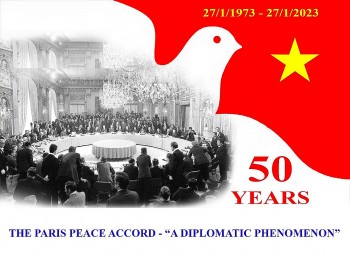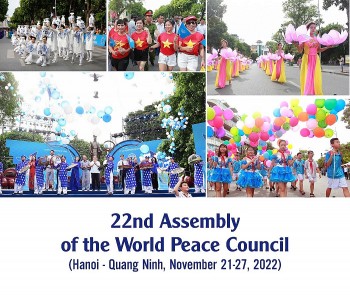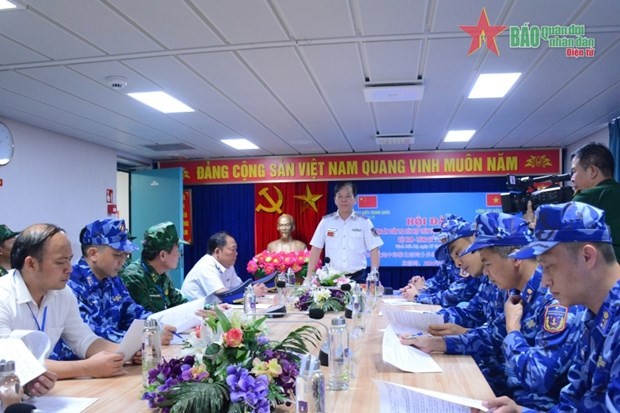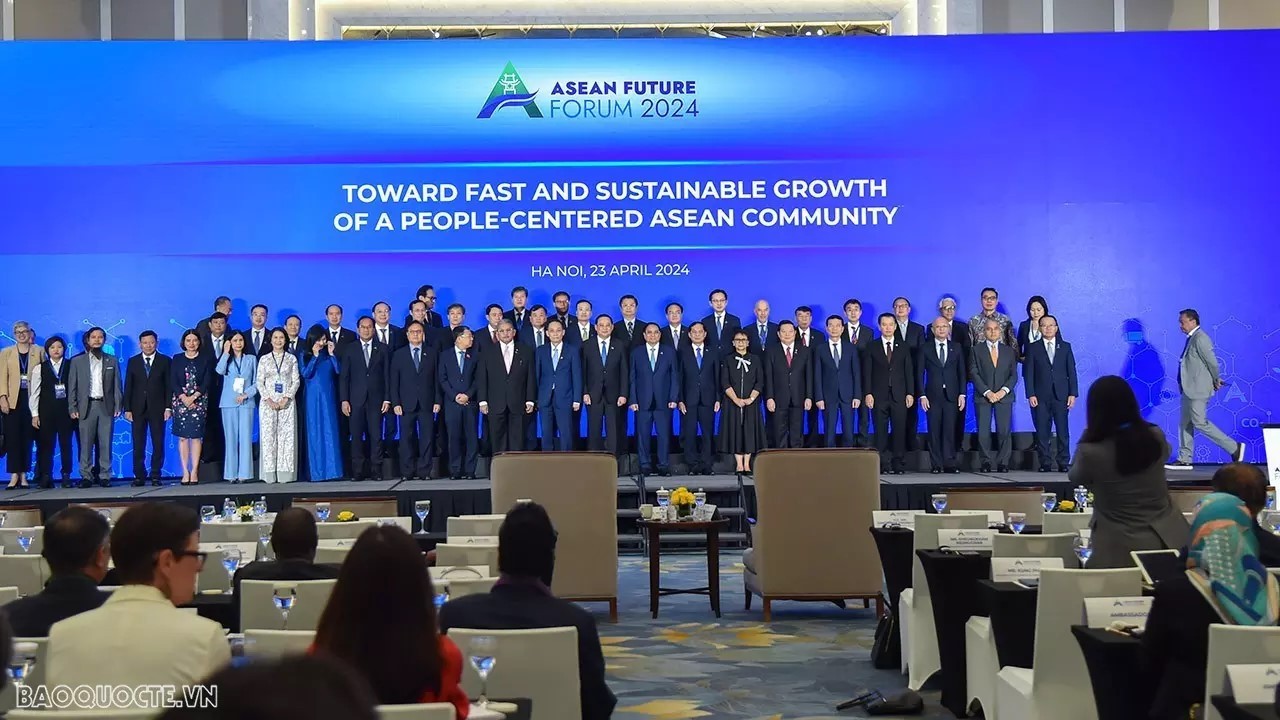Vietnamese delegation visits Laos’ historic monuments
(VNF) - After attending ceremony marking the 55th anniversary of diplomatic relations between Vietnam and Laos and 40 years of the signing of the Vietnam-Laos Treaty of Amity and Cooperation, the delegation of the Vietnam-Laos Friendship Association had visited some historic monuments in Vientiane.
| |
The delegation of the Vietnam-Laos Friendship Association at That Luang.
That Luang, or the Great Stupa, in Vientiane is a national symbol (its image is on Laos’ official seal) and also the most sacred monument in the country. From the outside That Luang looks more like a fortress surrounded by high walls and it features two temples with the main stupa, the top of which is covered with gold leaf, standing 148 feet tall. The beautiful architecture is in Lao style, influenced by Buddhist beliefs – these include finely-gilded, red-lacquer doors, pointed lesser stupas, many Buddha images and beautiful flower and animal images.
The current structure was built by King Setthathirat in 1566 on the site of a 13th century Khmer ruin. He named Vientiane the capital after Luang Prabang in the mid-sixteenth century. An elegantly crafted statue of him stands in front of the main entrance to That Luang.
According to the legend of That Phanom Stupa, also known as ‘Tamnan Oulangkhathat’, King Ashokkamahalath authorized the relics to be placed inside That Luang Stupa in Vientiane. The same legend claims the remains of Lord Buddha were distributed to all corners of the globe where there were Buddhist followers and his ashes were put inside 84,000 stupas. This number corresponds to the 84,000 points raised for believers to study in the tripitaka (Buddhist scriptures).
In its early form, Pha That Luang was not as high as it is now, but after Lord Buddha’s ashes were placed at the site and a new stupa was built around the original obelisk, the monument took on its current shape and grew in importance as a place of worship for Lao Buddhists.
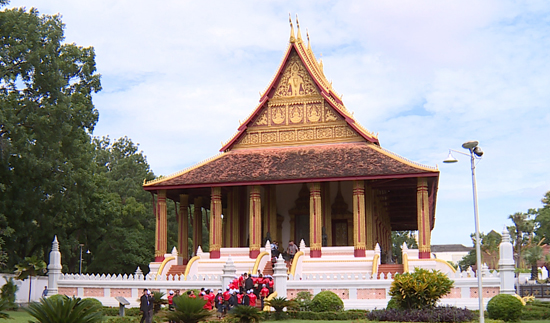
| |
Vietnamese delegation visits the The Haw Phra Kaew or often refer as the Temple of the Emerald Buddha in English-language guidebooks.
After That Luang, the Temple of the Emerald Buddha is one of the historical features of Laos. The Haw Phra Kaew or Ho Phra Keo is one of Laos’ most highly venerated temples, now turned into a museum. The temple derives its name from the Emerald Buddha, Thailand’s most highly revered Buddha image which was enshrined in the temple for over 200 years.
The Haw Phra Kaew was built in 1565 by King Setthathirath, when he moved the capital of the Lan Xang Kingdom to Vientiane. It was constructed to be the temple for the Laos Royals and to enshrine the Emerald Buddha which stayed here until 1779, when it was taken to Thailand. Since then the image is enshrined in the Wat Phra Kaew temple on the grounds of the Grand Palace in Bangkok.
On the veranda is a display of 18th century bronze Buddha images and other artifacts. At the veranda’s front is a number of large standing images, as well as a number of ancient inscribed steles and stone slabs with Buddhist sculptings. A large wooden box was used to store the Tripitaka, the ancient manuscripts containing the teachings of the Buddha. The side galleries contain seated Buddha images on pedestals in the Bhumisparsha mudra of “Calling the Earth to witness”.
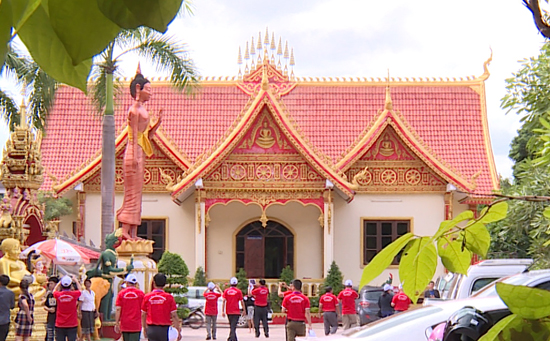 |
Vietnamese delegates arrive at the temple Wat Si Muang.
Simuong, a Buddhist temple located in the heart of Vientiane, the capital of Laos, is also a destination introduced during this visit.
The temple Wat Si Muang, also called Simuong and in local maps referred to as Wat Simuang, is one of the most visited and appreciated by the Laotian people, considered one of the pillars of the city of Vientiane's Wat if Muang.
| |
Vietnamese delegates light candles inside the temple Wat Si Muang.
The story of Wat Si Muang is that the King at the time asked that a hold be dug for the central pillar large enough for a person and horse to fit inside. The King asked for anyone wanting to sacrifice themselves in the hole. A lady named Si who was three months pregnant apparently offered herself as the sacrifice and walked for a day from her village to reach the Wat. She arrived wearing beautiful black and red clothes and once their threw herself in the hole whereupon the horse was forced down on top of her and she was buried alive there.
The temple was built on the ruins of a Khmer Hindu shrine, the remains of which can be seen behind the ordination hall. The city pillar around which the sim was built may have been a stone pillar taken from this or another Khmer temple./.
Translated by Minh Chau
Most read
Recommended
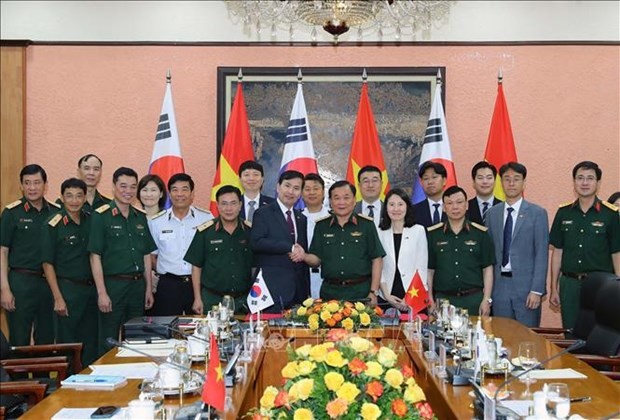 Friendship
Friendship
Vietnam And RoK Strengthen Defense Cooperation
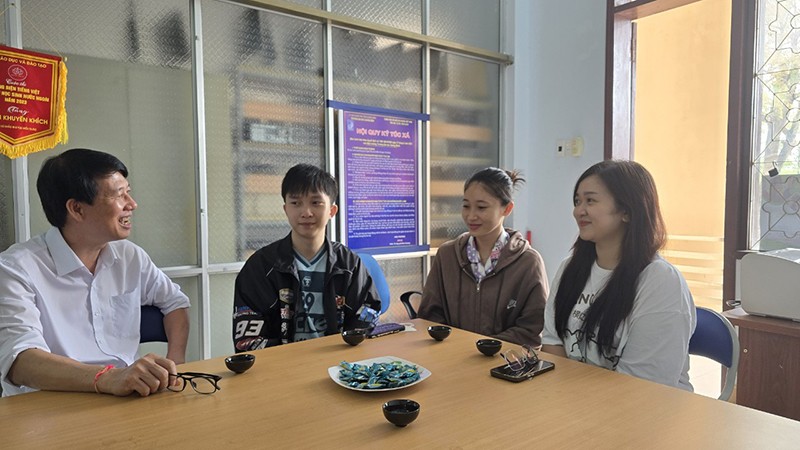 Friendship
Friendship
Laos Students in Quang Binh Cultivate the Vietnam-Laos Friendship
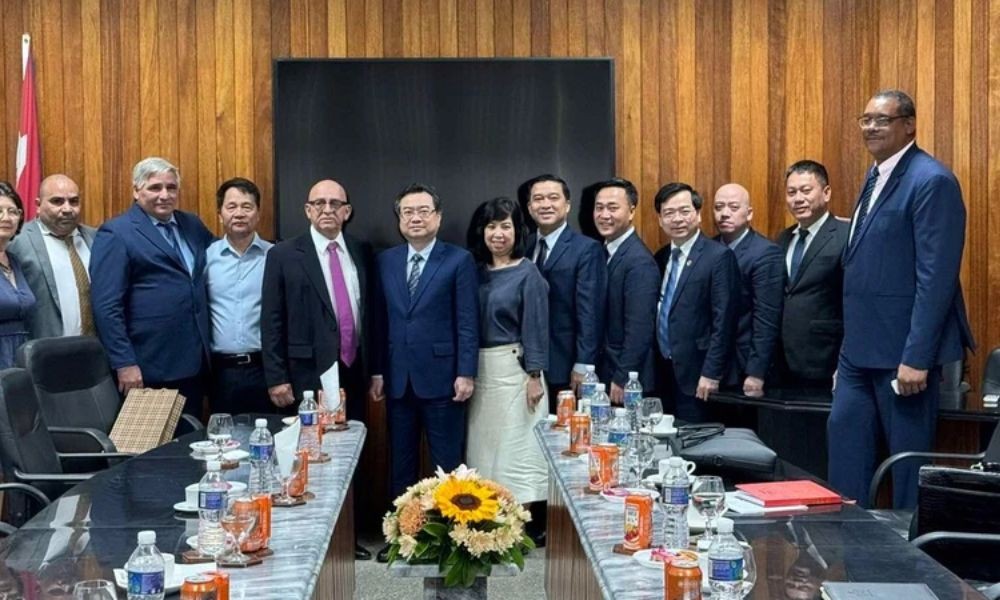 Friendship
Friendship
Vietnam, Cuba to Strengthen Investment Cooperation in Construction
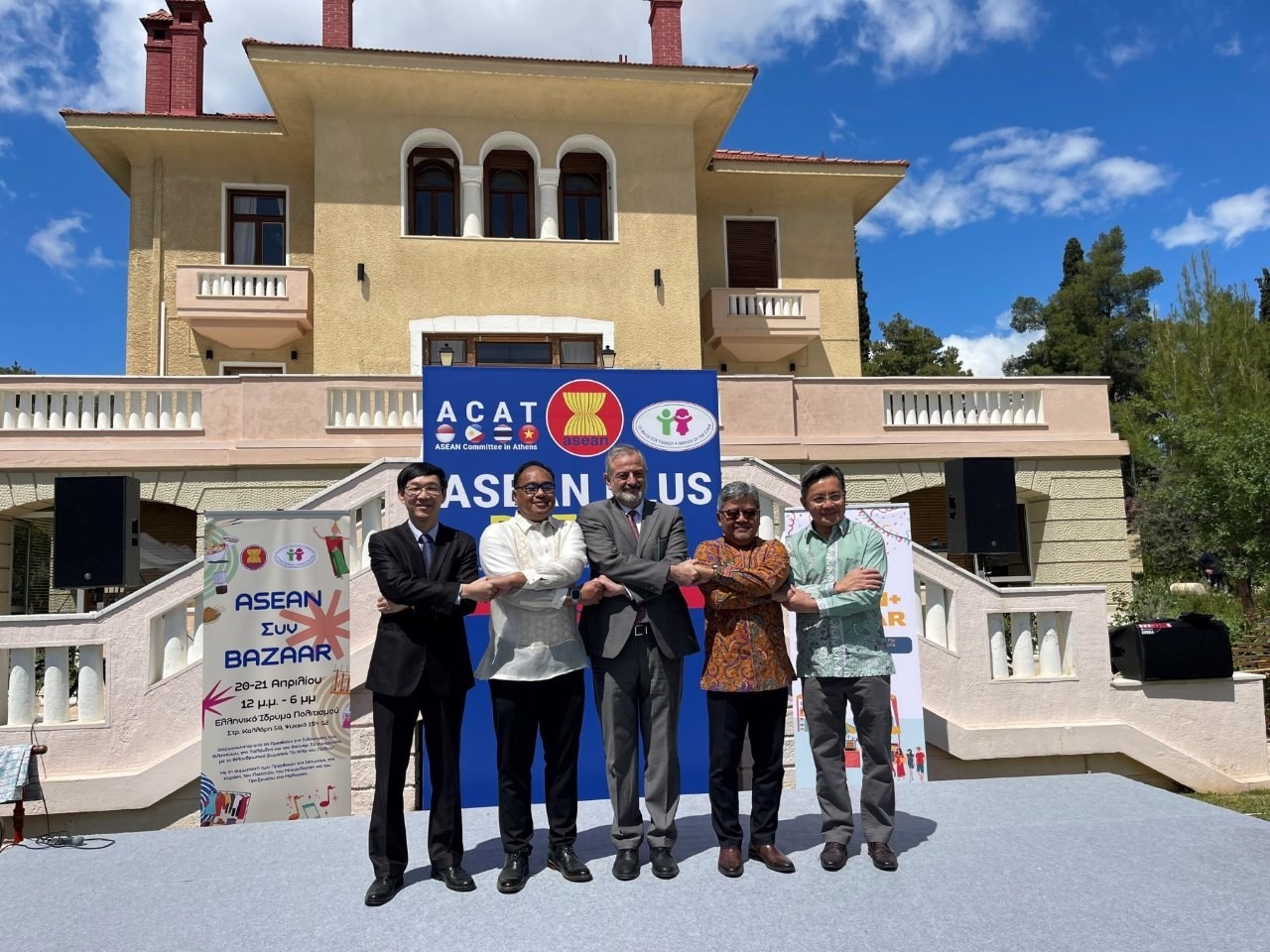 Friendship
Friendship
Vietnamese Embassy In Greece Attends ASEAN Bazaar 2024
Popular article
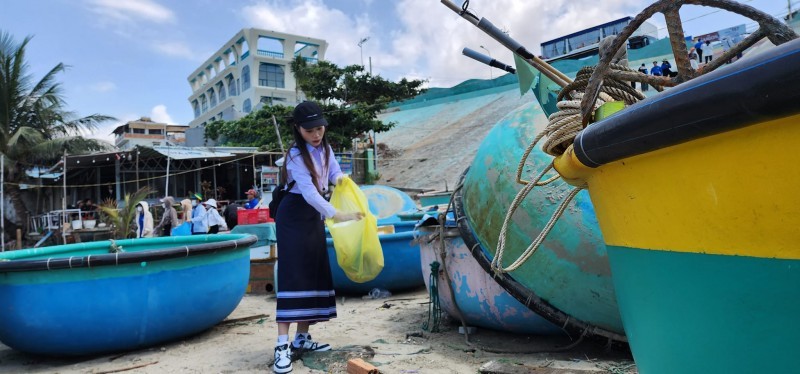 Friendship
Friendship
Lao, Cambodian Students in Ho Chi Minh City Join Exchange with Vietnamese Peers
 Friendship
Friendship
Ha Nam, Nanning City (China) to Establish Long-term Cooperation
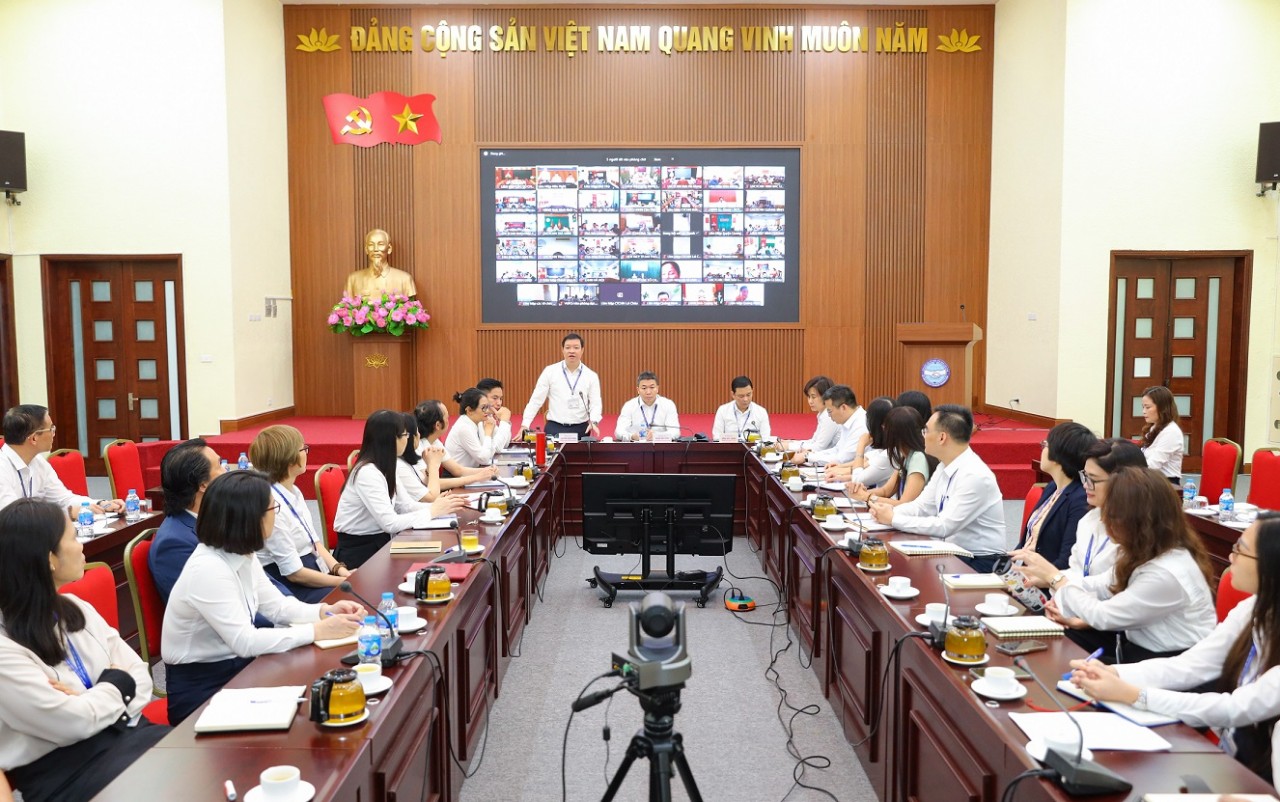 Focus
Focus
Online Meeting Between Viet Nam Union of Friendship Organizations and Local Unions: Dynamic, Practical, Effective
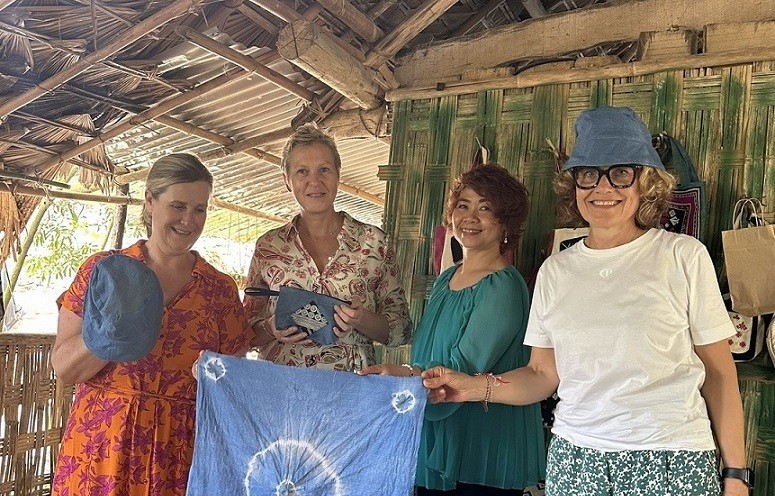 Friendship
Friendship


